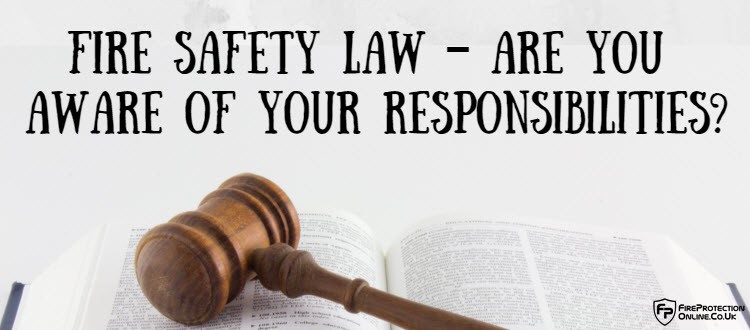
If you are an employer or business owner, you are most likely the person responsible for fire safety in your place of work. You must give serious consideration to your fire emergency planning before it is too late. In the event of having a shared premises ( for example if there are multiple businesses in an office complex) then the owner of the building is the one who is responsible for the fire safety while the businesses involved need to coordinate their fire safety procedures. While fire protection equipment like fire extinguishers and sprinkler systems can help protect your workplace , effective fire safety is about more than just installing the right protective gear.
Ultimately, you can have the best fire safety equipment in the worl but if no one knows how to use it, it will be pretty ineffective. There is often some confusion over where responsibility lies when it comes to fire safety in the workplace. Employers often assume that the responsibility falls to.
Free Delivery on Eligible Orders! Zuverlässige Ergebnisse für Electrical Safety Test. Visymo- für die besten Ergebnisse! A Management has a responsibility to manage all health and safety risks (ssand of the WHS Act), including fire , and employees have a responsibility to comply and cooperate with management’s WHS policies and procedures (sof the WHS Act), including those policies and procedures relating to fire safety.

You’re known as the ‘responsible person’. In short, responsibility for fire safety is shared with the building owner, but it would be remiss of the tenant (and would contravene the relevant regulations) to leave it all up to the building owner or manager. In doing so, ensuring that the premises are safe. The responsible person must ensure that a fire risk assessment is conducted in line with the RRF0.
Are you responsible for fire safety on your premises? Anyone who owns non-domestic premises, is an employer, landlor or occupier, or who has control of business premises such as a managing agent or facilities manager, is known as the responsible person, and could be held accountable in the event of tragedy. The above cases also highlight the need to work with the fire authorities in complying with risk assessments and enforcement notices in order to meet the duties of the ‘responsible person’ under the Order and to ensure the safety of those in and around the premises.
The requirement to provide adequate fire fighting equipment in buildings is a long standing obligation under fire safety legislation. Fire Safety : Ways to Keep Your Workplace Safe. This requirement is now embodied.
Everyone is responsible for health and safety in the workplace. Management is responsible for providing workers with the necessary tools, training and protective equipment to perform the work. The key to eliminating fires from starting is to have a solid fire prevention plan in place. It’s your responsibility to ensure that your employees, and anyone in the building, understand the procedures in place in the event of a fire. Praxisbrings you a few ways to ensure that your workplace is the safest it can possibly be against the risk of fire.

The Order requires that the responsible person (the person having control of the building, or a degree of control) takes reasonable steps to reduce the risk from fire and makes sure people can safely escape if there is a fire. Companies do not specifically have to appoint someone to be the responsible person, it can be a person by default. The Fire Protection Association advises that companies designate someone in each department or on each floor who is responsible for the safety of the occupants and will look after evacuation, guiding people to safety. Fire safety : The role of the responsible person. You also need to carry out regular inspections of fire protection equipment and training, and keep a log of when these took place.
The primary responsibility for health and safety in the workplace always rests with the employer. The regulatory groups suggest that safety in the workplace is the responsibility of the employer. Those same groups state that employees are also responsible for following all of the safety standards, regulations and procedures, although if the employee fails to follow them, the employer likely will be the one cited for negligence or inadequate training.
Under the terms of this legislation, employers have duties to protect their workers and members of the public. However, the buck does not stop entirely with employers. Staff members also have responsibilities, both to themselves and to each other.
No comments:
Post a Comment
Note: only a member of this blog may post a comment.